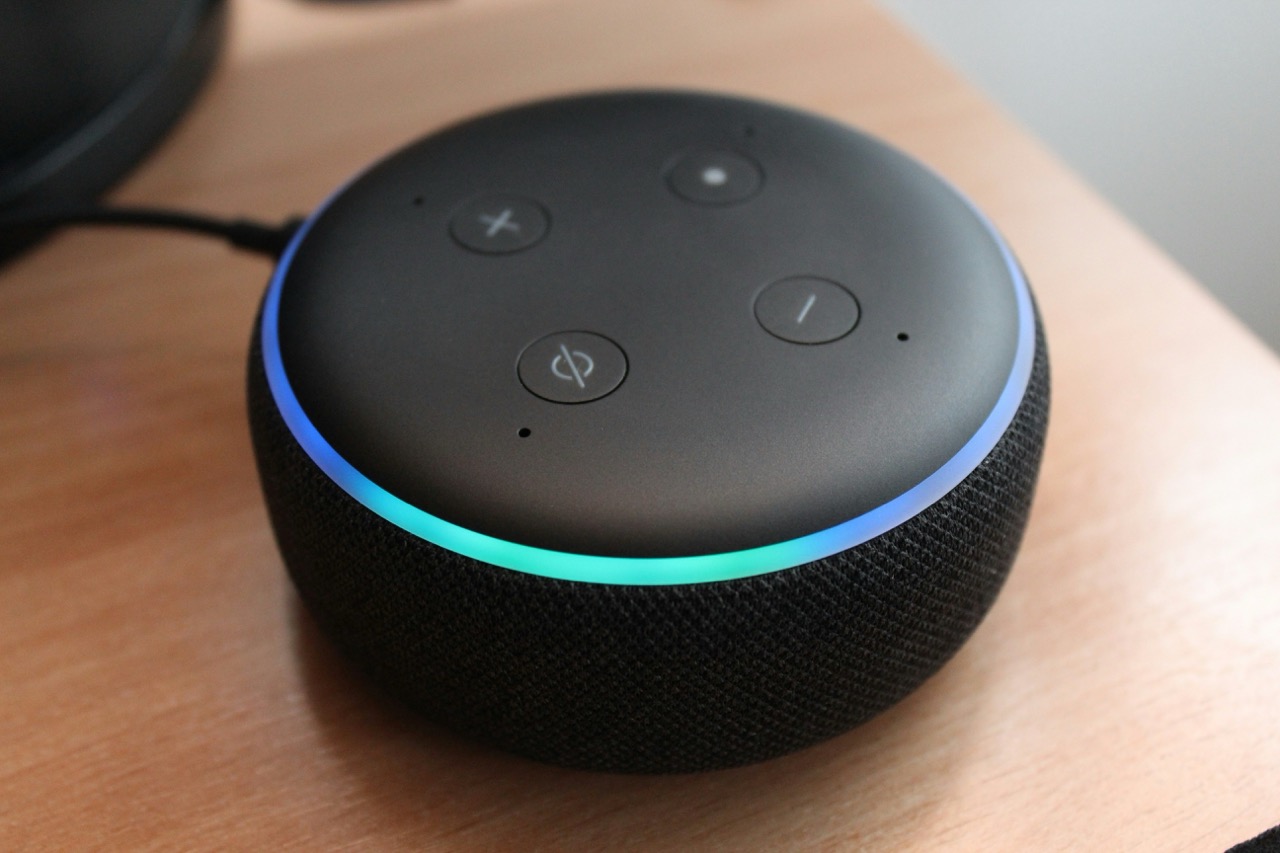High-intensity workouts have surged in popularity, and with the rise of technology, smart bikes have become essential tools for fitness enthusiasts. These innovative machines allow cyclists to engage in rigorous training sessions from the comfort of their homes, providing real-time metrics and interactive experiences. Selecting the right smart bike can be a game-changer for anyone looking to elevate their fitness levels. This article delves into the key features of smart bikes, reviews top models for high-intensity training, compares their performance metrics, and offers guidance on optimal setup and maintenance.
1. Understanding Smart Bikes: Key Features for Intensity
Smart bikes are engineered to enhance training effectiveness through advanced features that cater to high-intensity workouts. One key characteristic is adjustable resistance, allowing users to simulate varied terrains and intensities, crucial for interval training. The resistance can often be controlled via an app or integrated software, enabling riders to seamlessly shift from low to high intensity in real time.
Another essential feature is performance tracking. Most smart bikes come equipped with sensors that monitor metrics such as power output (measured in watts), cadence, heart rate, and calories burned. This data is vital for users aiming to push their limits, providing insights that help in adjusting training plans for optimal performance gains. Additionally, many smart bikes offer connectivity options to integrate with third-party fitness apps and platforms, facilitating competitive training and social engagement.
Moreover, user experience is significantly enhanced through multimedia capabilities. Features like built-in screens for streaming classes or interactive routes allow for immersive workouts, which can increase motivation during high-intensity sessions. Some models even include gamified elements, which transform traditional biking into engaging challenges, making it easier to maintain focus and intensity throughout the workout.
2. Top Smart Bikes for High-Intensity Training Explained
One of the leading smart bikes for high-intensity training is the Peloton Bike+. This model boasts a 24-inch rotating touchscreen that provides access to live and on-demand classes. With its smooth resistance adjustments and a robust library of high-energy workouts, the Peloton Bike+ is ideal for users who thrive in a competitive environment. The bike also integrates metrics like output and cadence seamlessly, allowing riders to track their progress effectively.
Another notable option is the NordicTrack S22i Studio Cycle, which features a 22-inch HD touchscreen and offers incline and decline capabilities. This bike is designed to simulate real-world cycling conditions, enabling users to engage in hill climbs and sprints that challenge both strength and endurance. The adjustable resistance and extensive library of interactive workouts make it a strong contender for those pursuing high-intensity training.
Lastly, the Echelon EX-7s is an exceptional choice for high-intensity workouts, with its 24-inch screen and Bluetooth connectivity. The Echelon membership provides access to a variety of live and on-demand classes, keeping workouts fresh and motivating. The bike’s compact design and adjustable seat ensure that it fits well in various home environments, while its performance metrics help riders monitor their intensity levels and overall progress.
3. Comparing Performance Metrics of Leading Smart Bikes
When it comes to performance metrics, the Peloton Bike+ excels in tracking power output and cadence with high precision. The metrics are displayed in real time on the screen, allowing users to adjust their effort during high-intensity intervals effectively. Additionally, Peloton’s community features enable users to compete against friends and other riders, enhancing motivation and accountability.
The NordicTrack S22i offers unique metrics like incline and decline levels, which are beneficial for replicating outdoor cycling experiences. These features not only add variety to workouts but also challenge different muscle groups, promoting overall fitness. The bike’s integration with iFit provides personalized workout suggestions based on performance metrics, helping riders optimize their training.
For the Echelon EX-7s, the performance metrics are comprehensive yet user-friendly. The bike provides real-time data on output, resistance, and cadence, allowing users to tailor their workouts effectively. Echelon’s leaderboard functionality allows for competition, driving users to push their limits during high-intensity sessions. Overall, while all three bikes deliver excellent performance tracking, the choice may depend on specific workout preferences and technological integrations.
4. Optimal Setup and Maintenance for Smart Bike Workouts
To maximize the benefits of smart bikes during high-intensity workouts, proper setup is essential. Riders should ensure that their bike is adjusted for optimal comfort and biomechanics. This includes adjusting seat height and distance from the handlebars to minimize the risk of injury and to ensure efficient power transfer. A well-fitted bike allows users to maintain proper posture and effectively engage core and leg muscles during intense efforts.
Regular maintenance is also crucial for preserving the performance and longevity of smart bikes. Key tasks include checking for loose bolts, lubricating moving parts, and ensuring that the resistance mechanism is functioning correctly. Keeping the bike clean, especially after intense sessions, will prevent dust and sweat accumulation, contributing to smoother operation and extending the bike’s lifespan.
Lastly, integrating a structured training plan that incorporates recovery days alongside high-intensity workouts is vital for optimal performance. Users should consider combining smart bike workouts with other forms of training, such as strength or flexibility exercises, to enhance overall fitness and prevent burnout. By routinely assessing progress and adjusting workout plans based on performance metrics, users can sustain their motivation and continue to achieve their fitness goals.
In conclusion, smart bikes have transformed the landscape of high-intensity workouts, providing users with advanced features that enhance training effectiveness and enjoyment. By understanding the key elements that contribute to intensity, exploring top models, comparing performance metrics, and ensuring optimal setup and maintenance, cyclists can elevate their training to new heights. As technology continues to advance, the integration of smart bikes into fitness routines is likely to become even more essential for those seeking to maximize their performance and achieve their health goals.










